Abandoned and mostly covered with ice and snow, the Donner Pass tunnels were the doorway for the first train that entered California. The person responsible for this was Theodore Judah, Chief Engineer of the Central Pacific Railroad and a man with a vision. His dream to connect the Central Pacific, via tunnels under the Sierra Nevada mountain range, with the central and eastern part of the continent made this tunnel possible.
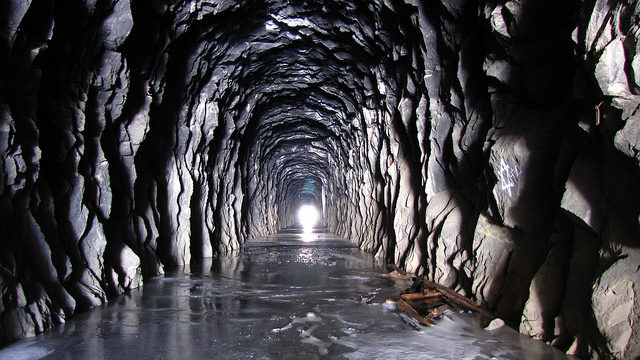
The progress and development of California into a great state, much as any other settlement, was very much dependent on road and railroad connections. A more efficient way to transport materials, goods, and people from the east was needed. The idea was to punch through the Sierra Nevada mountains at Donner Pass, instead of taking the wagons over it.
The mountain pass got it’s name from the party of pioneers bound for California, the Donner-Reed Party. A series of bad decisions and delays in their wagon train journey meant that they ended up stuck in the Sierra Nevada throughout the winter of 1846-7. They were unprepared and definitely didn’t expect it. It was a hard winter for all of them. Out of the official number of 81 settlers, only 45 survived to springtime and reached California. Stories of the tragedy talk of pain, suffering, and cannibalism.
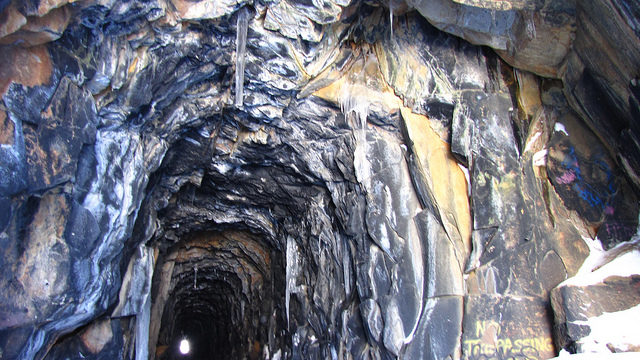
The weather in winter can be, and often is, brutal at Donner Pass. Average snowfall per year of 34.3 feet makes Donner Pass the snowiest of places in the United States, except for Alaska. Since 1880 the greatest snow depth has twice measured more than double the average. Temperatures fall to around zero degrees, and the area keeps the record for the all-time lowest temperature in California with -45°F. These numbers really put things in perspective and help with grasping the vicious and savage conditions of the crossing in its early years.
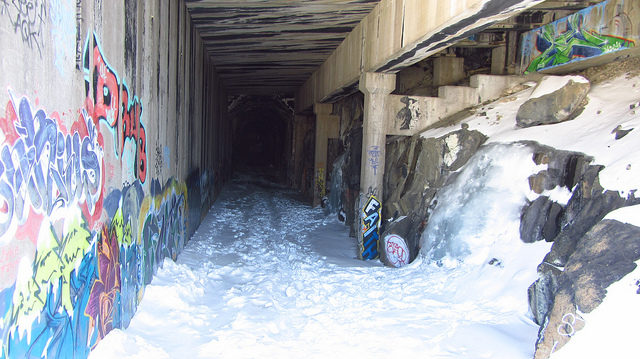
The construction effort itself took five years of continuous work to finally conquer the mountain–a total of four tunnels, several miles of avalanche gallery, and two “Chinese Wall” barriers. And the mission was not easy. As the workers, mostly Chinese laborers, drilled and blasted their way through the solid rock, the number of accidents that happened was not accounted for, but one can imagine the dangers due to nitroglycerin explosions and rock falls in the days before labor safety laws. Construction of the railroad through the mountains opened a door to countless possibilities. From massive commercial transportation of passengers and travelers to great industrial wagons filled with ore that was exported from the Californian mines.
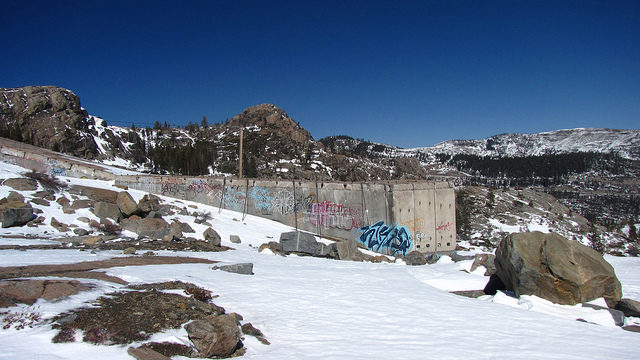
On January 13, 1952, a train became stranded to the west of Donner Pass due to a blizzard that dumped a huge amount of snow from the mountain on the train. Stuck fast, the 222 passengers plus the crew became hostages to the snowy blizzard and had to sit it out for three days. On January 16 the nearby highway was cleared of snow and a caravan of cars arrived to rescue the passengers.
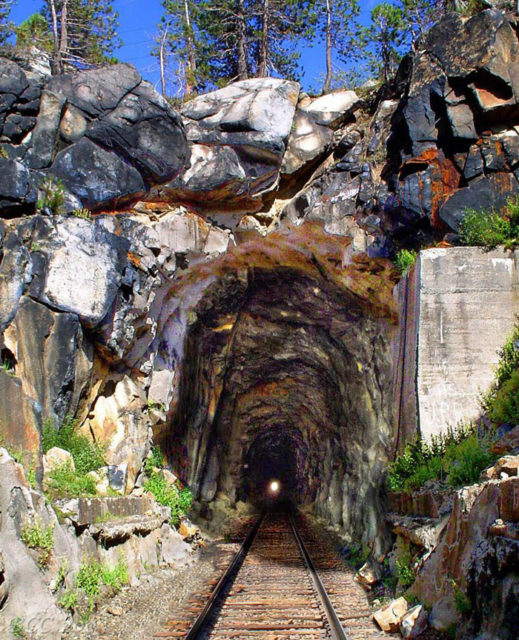
The Donner Pass railroad tunnel was used by the Central Pacific Railroad until 1993. And was abandoned when a new passage running under Mount Judah was constructed. Although all of the Donner Pass tunnels are now on private property they are very often visited by hikers and snow adventurers due to the unique scenery and pure amazingness which can be seen on the photographs.
